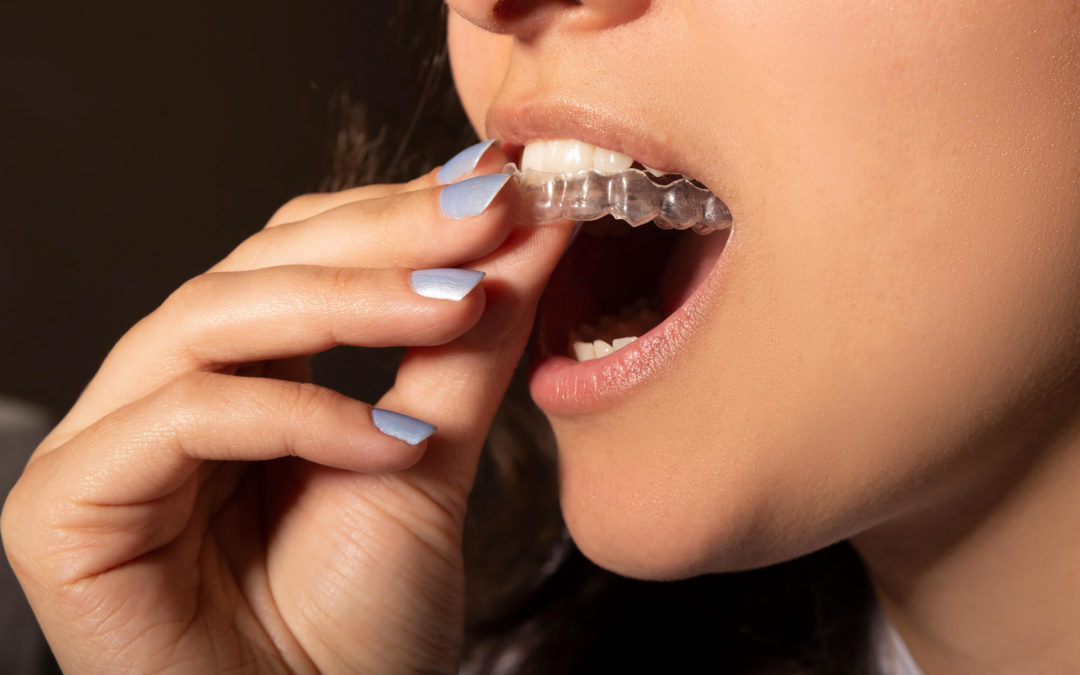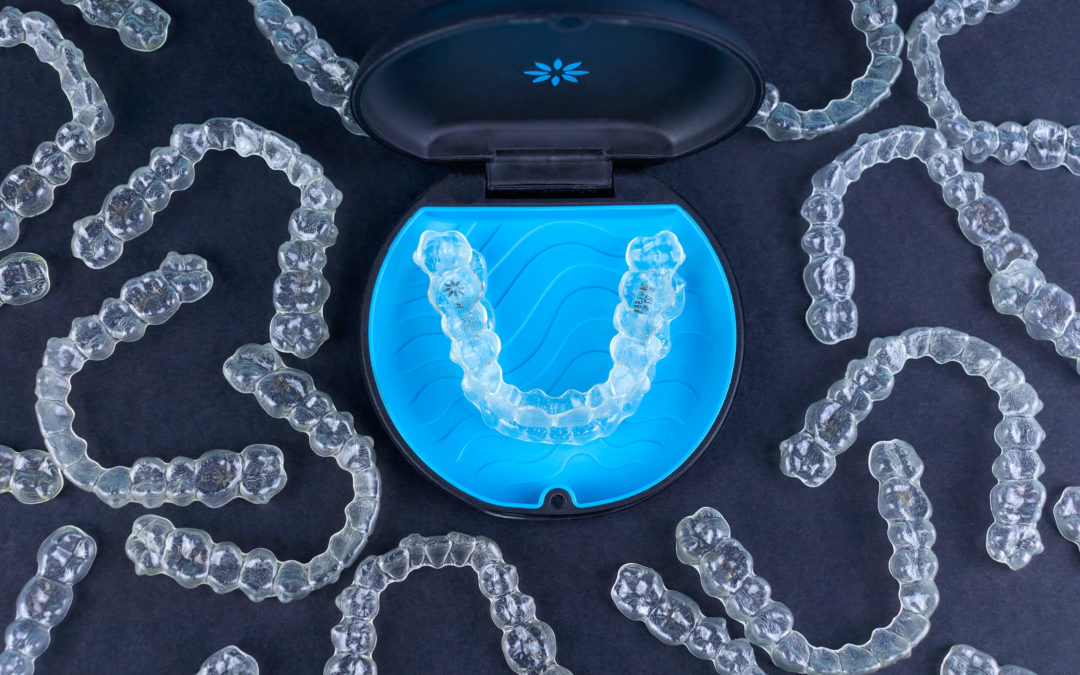Restorative dentistry is the branch of general dentistry that is concerned with treating dental conditions effectively in order to restore your teeth to their previously healthy state. The goal of restorative dental treatments is to repair or replaced decayed, damaged, or missing teeth so that your entire mouth is healthy. Some examples of restorative dental treatments include:
- Fillings
- Dental crowns & bridges
- Dental implants
- Inlays & onlays
- Root canals
Did You Know?
Although restorative dental services are primarily valued for their ability to treat dental issues and restore your teeth to their previous healthy state, restorative dental services can also act as preventative measures for additional or more severe dental issues.
Frequently Asked Questions:
Am I a candidate for restorative dental services?
You may be a candidate for restorative dental services if you currently have damaged, decayed, or missing teeth. You may also be a candidate for restorative dental services if you have gum disease or other dental conditions that are affecting your overall dental health. To find out which restorative dental treatment is best for you, schedule a consultation with Dr. Alkass of Alkass Dental today!
How do I know which restorative dental service is best for me?
To determine which restorative dental service is best for you, Dr. Alkass will perform an oral exam, dental x-rays, and ask you questions about your current symptoms. Based on this information, Dr. Alkass will make a diagnosis and provide you with his treatment recommendations and your options.
Some examples of common restorative dental treatments include dental fillings, inlays or onlays, dental crowns, and dental implants. Dental fillings can repair decayed and damaged teeth by filling in small to medium areas of decay or damage. Inlays or onlays work in the same way as dental fillings, however they are used for larger areas of dental decay. Inlays are large filings applied to the chewing surface of molars, while onlays are applied to both the chewing surface and one or more of the cusps, or tooth points.
In cases of severe decay, a root canal may be needed to remove infected pulp tissue. After a root canal, a dental crown, or cap, is usually placed over the affected tooth to protect it from further damage or decay. In cases where tooth decay has caused the tooth to be lost or extracted, a dental implant, or artificial tooth root, is used to mouth a dental prosthetic and restore the missing tooth.
ARE THERE DIFFERENT TYPES OF DENTAL RESTORATIONS?
There are different types of dental restorations including direct, indirect, and temporary restorations:
Direct Restorations
This type of restoration can be entirely fabricated and completed within the mouth. Because they can be directly completed, direct restorations are more affordable and can often be completed in a single dental appointment. Examples of direct restorations include:
- Composite fillings
- Dental bonding
Indirect Restorations
This type of restoration must be fabricated outside the mouth before it can be placed. They often require the use of a dental impression to make a mold of your mouth. Sometimes, indirect restorations must be fabricated in a dental laboratory and other times they can be fabricated within your dentist’s office. Because indirect restorations must be fabricated in a dental laboratory or with specialized technology in your dentist’s office, they can be more expensive and may require more than one dental appointment to complete. Examples of indirect restorations include:
- Crowns & bridges
- Dental implants
- Inlays & Onlays
- Veneers
Temporary or Provisional Restorations:
This type of restoration is used while your permanent indirect restoration is being fabricated in a dental laboratory. Provisional restorations are primary components of smile reconstructions and are used to provide the following functions:
- Reserving adequate space for the permanent restoration
- Protecting reduced natural teeth that have been prepped for permanent restorations
- Preserving the health and contours of your gums around the restoration
- Protecting exposed dentin from bacteria and plaque
- Preventing tooth sensitivity
- Facilitating normal eating and speaking
WHAT CAN I EXPECT WHEN UNDERGOING RESTORATIVE DENTAL TREATMENT AT ALKASS DENTAL?
At Alkass Dental, you can expect to receive the highest quality restorative dental treatments. You can also expect to be made entirely comfortable during your procedure. Dr. Alkass begins all restorative dental treatments with a thorough oral exam and a discussion of your dental concerns and health. After a diagnosis is made and the treatment plan is discussed, he will answer any of your questions and make sure you are prepared for the procedure.
Depending on the type of restorative procedure, you may begin treatment the same day or you may be asked to return at a different time. Most direct restorations can be placed in a single appointment, however for indirect restorations, you may require two or more appointments. During the first appointment, your teeth will be prepared for the restoration and a dental impression will be taken to send to a dental laboratory. During the second appointment, your permanent restoration will be fitted and placed.
WHAT CAN I EXPECT AFTER UNDERGOING RESTORATIVE DENTAL CARE AT ALKASS DENTAL?
After undergoing restorative dental care at Alkass Dental, you may be given special post-treatment instructions to follow. If this is the case, it is important to follow all the instructions for the fastest and most effective recovery process. Post-treatment instructions usually pertain to modified activities, keeping the affected area clean, eating a soft foods diet, and taking possible pain medications or antibiotics.
In addition to special post-treatment instructions, you will also want to continue a good oral hygiene routine. This routine should consist of brushing twice a day for two minutes at a time using a fluoridated toothpaste, flossing once a day, and visiting Alkass Dental twice a year for your dental checkup and professional teeth cleaning.
HOW MUCH DOES RESTORATIVE DENTAL CARE COST?
The final cost of your restorative dental treatment is dependent upon the type and extent of treatment. Restorations to a single tooth will be more affordable than restorations to multiple teeth, and direct restorations will be more affordable than indirect restorations. However, if you have dental insurance, you should be able to obtain some type of partial coverage for restorative dental services. The total amount of coverage you receive will depend on your insurance company, so our billing department will help you to determine this.
For the best general dentistry has to offer, schedule a consultation with Dr. Alexander Alkass today! Alkass Dental proudly serves Oakland County and the communities of Waterford, Bloomfield, Keego Harbor, Pontiac, Sylvan Lake, and White Lake.


